CEQA: Key Takeaways from California’s SB 131
Written by Amardeep Dhanju and Negar Vahidi
August 21, 2025
California Senate Bill 131 (SB 131) was enacted on June 30, 2025, signed by Governor Newsom the same day and took effect immediately. The legislation introduces substantial revisions to the California Environmental Quality Act (CEQA), streamlining environmental reviews, expanding categorical exemptions for housing, infrastructure, and community projects, and narrowing review requirements in key areas. A central feature is the new “single-condition limitation” which applies when a project nearly qualifies for an exemption but is disqualified by just one factor. In such cases, CEQA review now will be limited to the impacts directly tied to that single disqualifying condition. Together these changes aim to accelerate housing development, strengthen climate resilience, and move forward public benefit projects while reducing procedural delays and litigation risks under CEQA.
Following is our review of the most significant carveouts from SB 131, including:
Utilities: Water, Sewer, and Broadband
For disadvantaged communities, SB 131 extends the CEQA exemption for small water system projects through 2032 and broadens it to include sewer service expansions, provided sensitive habitats and wetlands are protected.
SB 131 recognizes the critical role of digital connectivity by expanding CEQA exemption for the broadband to cover deployment within local streets and road rights-of-way, helping close the digital divide while streamlining review.
Community Facilities: Parks, Recreation, and Institutional Uses
SB 131 enhances support for community-serving infrastructure by extending CEQA exemptions to projects that deliver public parks and non-motorized trails, making it easier for local governments to expand recreational access.
SB 131 also exempts specific institutional uses such as day care centers, rural health clinics, non-profit food banks, and advanced manufacturing facilities, unless located on natural or protected lands.
Resiliency: Climate, Water Systems, and Wildfire Risk Reduction
Resilience-focused projects are a major theme in SB 131 as it provides a temporary CEQA exemption (until 2030) for non-construction improvements to community water systems that advance climate resiliency, biodiversity, or sensitive species recovery.
SB 131 also exempts wildfire risk reduction projects, ranging from prescribed burns to defensible space and fuel breaks, recognizing the urgent need for proactive fire management.
In addition, updates to the state’s climate adaptation strategy are now fully exempt, streamlining State-level planning processes to more effectively address evolving climate risks.
Infill Development
SB 131 also directs the state to take a more proactive role in planning for infill development. By July 1, 2027, the Office of Land Use and Climate Innovation must publish maps identifying eligible urban infill sites across California, with draft maps circulated to local governments and public for review and input.
In addition, CEQA’s infill guidelines must be updated by January 1, 2026, and every two years thereafter. These updates are intended to establish clearer and more consistent rules for infill projects, enabling cities and developers to advance housing and community improvement without being hindered by vague or overly rigid standards.
CEQA Litigation
With respect to litigation, SB 131 modifies documentation requirements for CEQA challenges. Previously, the record of proceedings in a legal challenge included internal agency communications, such as staff notes, drafts, and memoranda, adding to the complexity and cost of defending CEQA decisions. SB 131 removes this requirement, excluding staff notes and internal communications from the record, except in cases involving oil and gas infrastructure. This shift is intended to streamline CEQA litigation while still holding agencies accountable for the substantive analysis and decisions on the public record.
Taken together, the new exemptions, in-fill mapping requirements, and disclosure reforms in SB 131 represent a major recalibration of CEQA. The law preserves environmental safeguards while addressing long-standing concerns regarding delay, litigation risk, and regulatory uncertainty. By narrowing the scope of review, clarifying standards for infill, and streamlining approvals processes, SB 131 reflects California’s push to align environmental review with the State’s urgent priorities, including tackling housing crisis, strengthening climate resilience, and delivering critical community infrastructure.


